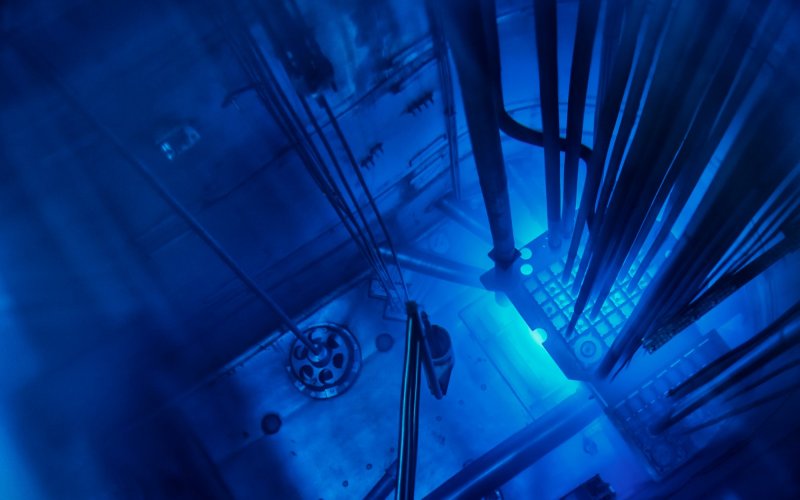It is said that radioactivity cannot be seen, heard or felt. But isn’t there the possibility that we could see it under certain circumstances? Aren’t there any animals, whose senses would allow them to perceive radiation?
Ionizing radiation is all around us. It arises from the decay of atoms in our surroundings and in our own bodies or it comes to us from space as cosmic radiation. We call materials containing unstable isotopes radioactive, but since everything around us is slightly radioactive, we have not developed senses to detect radioactivity. Places with increased radioactivity, which should be avoided, are so rare in nature that it can be assumed that no other animals can perceive the radiation either. Nevertheless, it seems that many animals can somehow perceive an increased level of radioactivity and that under certain circumstances, even humans can see this invisible radiation.
Experiments on various types of animals, such as rats, ants or sea anemones, have shown that these animals react in a certain way to radiation. A rat taught to receive an electric shock if it entered an area of increased radiation skilfully avoided these areas. While we can hardly ask a rat or a sea anemone how they actually perceive ionizing radiation, in humans it probably causes a phenomenon called phosphenes, tiny flashes of light in the field of vision. The radiation irritates the cells of the retina or the optic nerve and they then send a false signal to the brain that they have detected bright light. For example, there is a documented case where phosphenes were experienced by astronauts in orbit around the Earth, where cosmic radiation is far more intense than on the surface.
But there is one situation where radioactivity can really be seen directly. The phenomenon is called Cherenkov radiation and manifests itself as a blue-green glow in the vicinity of highly radioactive objects submerged under water. The speed of light propagation in water is slower than in the air, so a charged particle (i.e. beta radiation) can overcome it. A shock wave, similar to a sonic boom behind an airplane that has exceeded the speed of sound, spreads behind the particle. We perceive it as a bluish glow.
In all other cases, radioactivity is not visible to us and we have to rely on detectors to detect it.
Want to ask something?
Send us an e-mail with the subject “Physics mysteries” to the address:
We can't wait to tackle your interesting questions!





